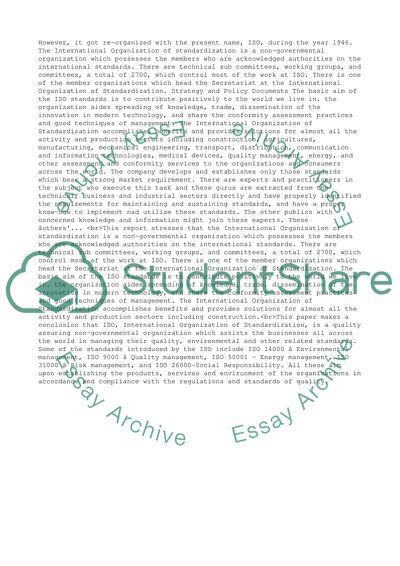Cite this document
(“ISO Essay Example | Topics and Well Written Essays - 3250 words”, n.d.)
Retrieved from https://studentshare.org/management/1397256-iso
Retrieved from https://studentshare.org/management/1397256-iso
(ISO Essay Example | Topics and Well Written Essays - 3250 Words)
https://studentshare.org/management/1397256-iso.
https://studentshare.org/management/1397256-iso.
“ISO Essay Example | Topics and Well Written Essays - 3250 Words”, n.d. https://studentshare.org/management/1397256-iso.


